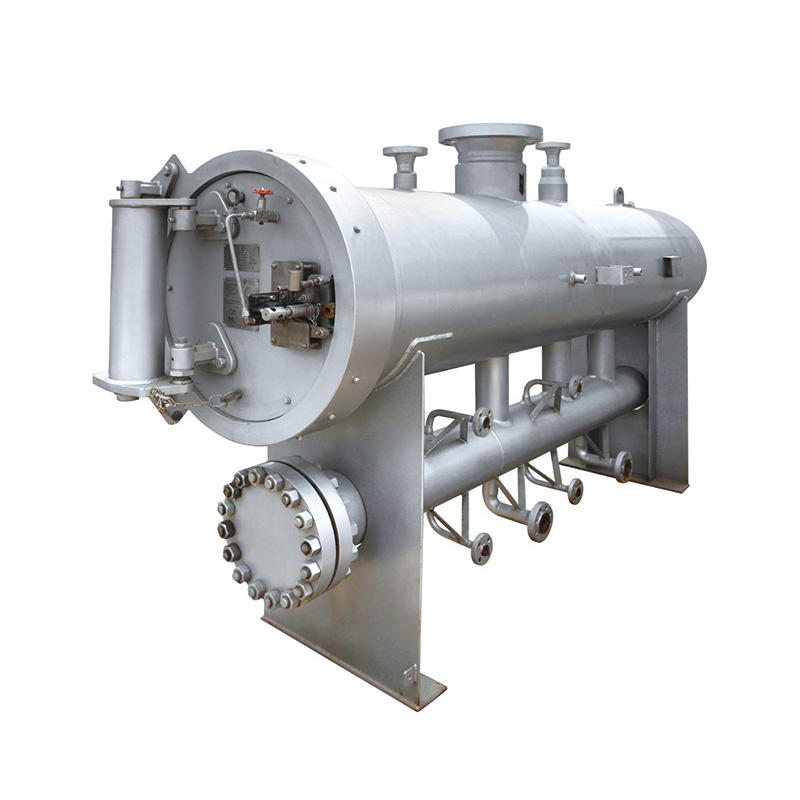
Nov . 09, 2024 21:23
Back to list
Pressure Regulation Valve Function and Applications in Industrial Systems
Regulating Pressure Understanding Pressure Control Valves
In various industrial applications, maintaining the desired pressure within systems is essential for ensuring efficiency, safety, and reliability. One of the critical components that facilitate this process is the pressure control valve, commonly known in Arabic as صمام تنظيم الضغط. This device plays a vital role in managing the flow of fluids, thereby stabilizing pressure levels in pipelines and storage tanks.
A pressure control valve operates by automatically adjusting the flow of a fluid based on the pressure measured in the system. When the pressure exceeds a predetermined setpoint, the valve responds by reducing the flow, effectively lowering the pressure. Conversely, when the pressure drops below the desired level, the valve increases the flow to restore balance. This continuous process of adjustment ensures that the system operates within safe and optimal pressure ranges.
There are two main types of pressure control valves direct-acting and pilot-operated.
1. Direct-Acting Pressure Control Valves These valves are simpler in design and are used in applications where flow rates are relatively low. They consist of a diaphragm that responds directly to pressure changes. When the pressure rises above the set point, the diaphragm moves to close the valve, while a decrease in pressure allows the diaphragm to open the valve. This type of valve is suitable for smaller installations.
صمام تنظيم الضغط

2. Pilot-Operated Pressure Control Valves These valves are more complex and are used in larger, high-flow applications. They utilize a smaller pilot valve to control the main valve. The pilot valve senses the pressure and sends signals to the main valve, adjusting it as necessary. This design allows for greater efficiency and responsiveness, making it ideal for larger systems where precise pressure control is crucial.
Pressure control valves are widely used across various industries, including oil and gas, water treatment, pharmaceuticals, and manufacturing. In the oil and gas industry, for instance, they help prevent pipeline ruptures by maintaining safe pressure levels during the transportation of crude oil and natural gas. Similarly, in water treatment facilities, these valves ensure that the pressure in pipelines remains steady to prevent leaks and overflows.
The significance of pressure control valves cannot be overstated. Beyond ensuring safe operation, they contribute to energy efficiency by minimizing the risk of over-pressurization, which can lead to energy wastage and higher operational costs. By maintaining optimal pressure, these valves also enhance the lifespan of equipment and reduce the need for maintenance, translating to cost savings for businesses.
Choosing the right pressure control valve involves considering several factors, including the specific application, the type of fluid being controlled, and the required pressure range. Additionally, the selection process should account for materials resistant to corrosion and wear, as these factors will significantly influence the valve’s performance and longevity.
In conclusion, pressure control valves, or صمام تنظيم الضغط, are indispensable instruments in modern industrial processes. Their ability to maintain consistent pressure levels ensures not only the efficiency of operations but also the safety of workers and equipment. As industries continue to evolve and demand more advanced solutions, the design and technology surrounding pressure control valves will undoubtedly progress, leading to even more reliable and efficient systems. In a world that increasingly relies on precise control of various parameters, the role of these valves will continue to be crucial in achieving operational success.
Latest news
-
Safety Valve Spring-Loaded Design Overpressure ProtectionNewsJul.25,2025
-
Precision Voltage Regulator AC5 Accuracy Grade PerformanceNewsJul.25,2025
-
Natural Gas Pressure Regulating Skid Industrial Pipeline ApplicationsNewsJul.25,2025
-
Natural Gas Filter Stainless Steel Mesh Element DesignNewsJul.25,2025
-
Gas Pressure Regulator Valve Direct-Acting Spring-Loaded DesignNewsJul.25,2025
-
Decompression Equipment Multi-Stage Heat Exchange System DesignNewsJul.25,2025

